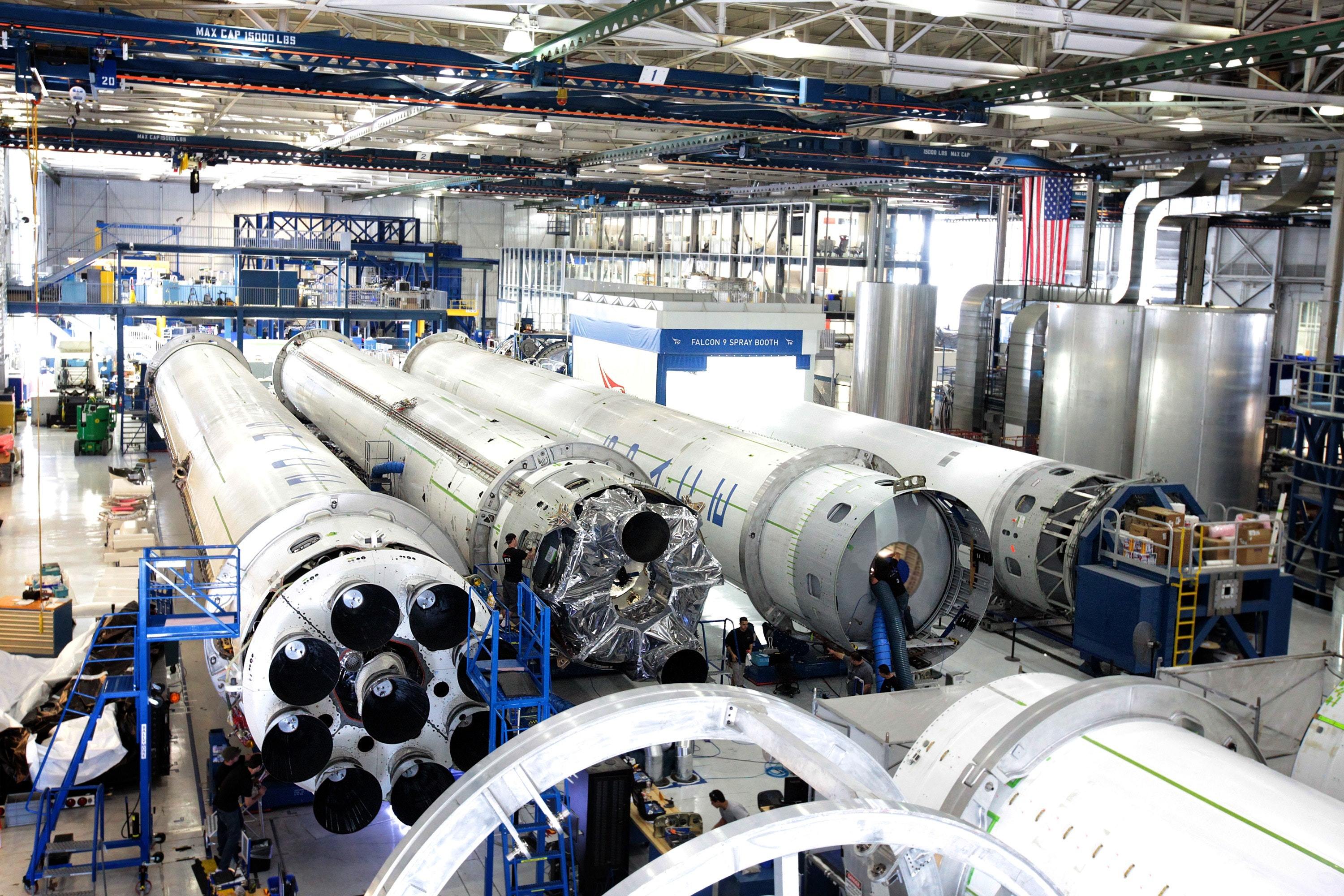Premium Quality 3D CAD Files for Your Engineering Projects
3D CAD Files Collections Info for 3D CAD Engineers What are the differences between 304- and 316 g...
What are the differences between 304- and 316 grade stainless steels?

What is stainless steel?
Stainless steels present a class of materials that often covers a wide range of steels developed specifically for corrosion and oxidation resistant applications.
The selection of various grades of stainless steel is based on the ability of the material to withstand corrosive environments.
Austenitic stainless steels are often employed for such application owing to their excellent mechanical properties and high corrosion resistance owing to the high chromium and nickel content [1].
Besides, these steels are considered formable and weldable.
304 and 316-grade stainless steels are the most common forms of austenitic stainless steels. This article explores the main differences between the two grades of steel.
Composition differences
304 stainless steel mainly contains 8% nickel and 18% chromium as the main non-ferrous constituent elements. It has lower electrical and thermal conductivity as compared to plain carbon steel. They are also nonmagnetic with excellent corrosion resistance [2].
On the other hand, 316 stainless steel mainly comprises 10% Nickel, 16% chromium, and 2% molybdenum as the main nonferrous constituents. The presence of molybdenum in this stainless steel grade enhances the corrosion resistance and improves the mechanical strength at high temperatures [3].
Corrosion resistance
Both 304 and 316 stainless steels have good corrosion resistance.
However, the inclusion of molybdenum in 316 grade allows the material to endure harsh environments. Besides, for this reason, 316 grade is commonly referred to as marine grade owing to its high aggressiveness to corrosive environments [4].
Costs comparison
The cost implications of stainless steel are dependent on the alloying elements in the material composition. As such, stainless steel mainly comprises about 10% chromium alloyed with carbon and iron.
The presence of molybdenum in 316 grade often improves the corrosion resistance properties but it makes it more expensive than 304 steel.
Applications
The 304 grade is commonly employed in the manufacture of food processing components such as chemical containers, pressure vessels, storage tanks, troughs, and heat exchangers. This is attributed to the fact that 304 stainless steels are more resistant to various acids and ease of fabrication of components.
However, patina or corrosion stains may result over a given period of time. Further, 304-grade steels also find applications in architectural structures such as paneling and railing as they offer longer service life along with the aesthetic value. However, the main drawback with this grade is that it may undergo corrosion under saline and chloride solution environments. As such, chloride ions may get dissolved inducing pitting on the surface of the structures.
316 Stainless steel finds useful applications for the manufacture of marine and industrial structures whereby the components are more exposed to strong chemicals, acids, and salty environments. For this reason, these steels are in making boat fitting components, laboratory equipment, and benches sanitary wares, and mining screens.
Further, owing to their inert nature, 316 stainless steels are employed in the manufacture of various surgical instruments, devices and even utilized in implants. Nevertheless, this steel grade is also employed in the pharmaceutical industrial whereby the reaction vessels are required to be very clean [5].

Fabrication of stainless steel storage tanks and silo's.
Conclusion
In conclusion, stainless steel from an essential engineering material that finds a wide range of applications for both industrial and domestic structures that are important in human life.
With lower costs of 304 steels, they are most convenient for most outdoor and industrial uses whereby the corrosive environments are not severe.
Similarly, grade 316 is useful in applications where the structures are exposed to extremely corrosive environments.
References
[1] Brytan, Z., Borek, W. and Tański, T. (2017) "Introductory Chapter: Why Austenitic Stainless Steels are Continuously Interesting for Science?", Austenitic Stainless Steels - New Aspects. doi: 10.5772/intechopen.72062.
[2] Theworldmaterial (2021). Grade 304 Stainless Steel Properties, Tensile Yield Strength, Thermal Conductivity, Theworldmaterial.com. Available at: https://www.theworldmaterial.com/type-304-grade-stainless-steel/ (Accessed: 24 January 2021).
[3] Stockist, A. (2005) Grade 316 Stainless Steel: Properties, Fabrication and Applications, AZoM.com. Available at: https://www.azom.com/article.aspx?ArticleID=2868 (Accessed: 24 January 2021).
[4] Periyathambi, D., Elangovan, N., Nishimura, T. & Nallaiyan, R. (2016). Corrosion behavior of 316L and 304 stainless steels exposed to Industrial-Marine-Urban environment: Field Study. RSC Advances. 10.1039/C6RA04015B.
[5] Dutta, S.. (2018). Different Types and New Applications of Stainless Steel. 62. 86-91.